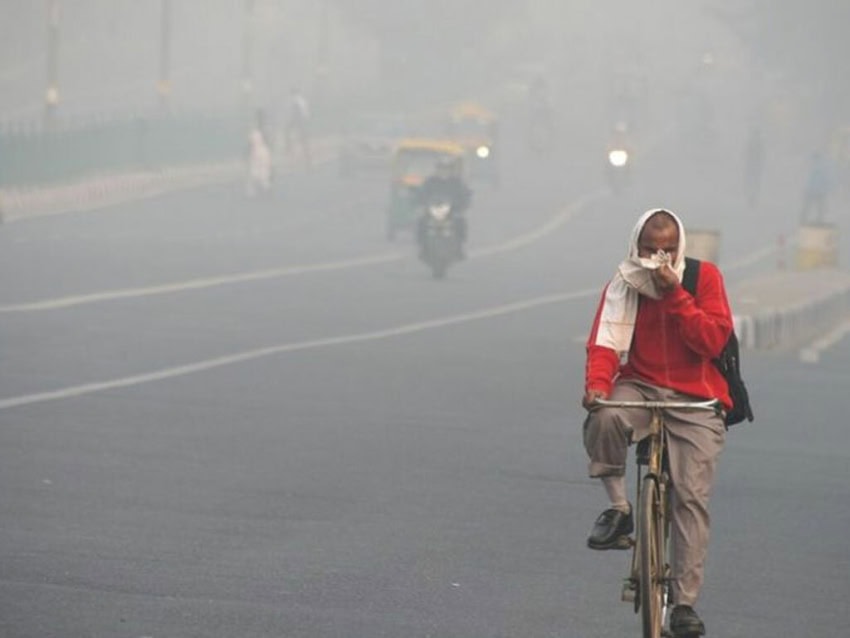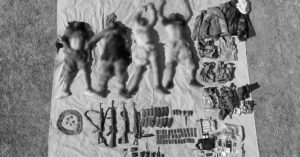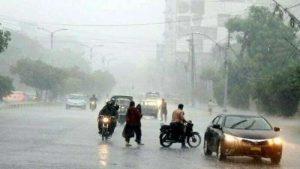LAHORE – Artificial rain in Lahore brought a notable improvement in the city’s Air Quality Index (AQI) on Sunday, marking a significant shift in combating the persistent smog.
The initial trial of artificial rain took place in Lahore, effectively dispersing the smog that had shrouded the city. Lahore, which had persistently ranked among the world’s most polluted cities, witnessed a dramatic decline in its AQI, dropping from 354 to 189.
The city, previously holding the dubious distinction of being the sixth most polluted globally, benefited from the artificial rain experiment. Special aircraft, dispatched from the UAE, dispersed 48 flares near Shahdara and Muridke during the initial trial.
Caretaker Chief Minister Punjab Mohsin Naqvi confirmed that the artificial rain was executed at ten different points across Lahore. This technique, also known as cloud seeding, involves the introduction of substances like salt flares into clouds to encourage the formation of raindrops or snowflakes.
Cloud seeding is a weather modification approach employed in areas suffering from drought or poor air quality, aiming to stimulate precipitation.














